On Wednesday, doing my laundry, I decided to turn on the TV for the first time in decades. Breaking news: a school shooting in Minnesota. It’s been years since a story like this made me cry. How could you cry at every mention of gun violence when you live in a place like the Midwest? I have been aware of gun violence in schools since I was a child myself.
I remember first hearing about a school shooting when I was six years old. A little boy had shot his sister. I cried and cried and cried – I cried for the child that died, and I cried for the child who’d killed her. It remains one of my most traumatizing memories. The last shooting that made me cry was Sandy Hook. I was at dinner when a friend showed me Adam Lanza’s photo on his phone. Twenty first-graders dead.
I can still feel the way my stomach dropped to this day. I couldn’t imagine something so depraved, so impossibly evil. I have written many times before that I was certain Sandy Hook would be an inflection point. The whole country was. And yet, it wasn’t. The violence escalated, became more frequent, more perverse.
Inevitably, I grew numb to it.
But on Wednesday – on the first crisp fall day in Chicago – something in me broke. I cried until I threw up, the washing machine shaking.
Robin Westman, a 23-year-old, opened fire through the windows of Annunciation Catholic Church in Minneapolis, Minnesota. Children as young as six and parishioners in their eighties were injured. It was a Mass celebrating the first day of the school year. An eight-year-old and a ten-year-old died where they sat in the pews. I would later learn that in long, rambling journals – written in English but transliterated into Cyrillic alphabet – Westman had quoted Adam Lanza, the Sandy Hook killer.
“I’m scared and I don’t want to be here,” a child is heard saying on one of the Sandy Hook recordings.
“Well, you’re here,” Lanza answers, before the sound of gunfire.
On one of Westman’s guns, the same quotes appears: Well, you’re here.
This will be the last piece about school shootings I write. I don’t want to be part of this news cycle anymore. There is nothing left to learn. In 2022, I wrote that our violence problem is a nihilism problem – not only do I still believe this, I believe it’s accelerated, it’s warping under its own weight.
Shooters such as Eric Harris and Adam Lanza straightforwardly opposed civilization, life, the very concept of values itself. Yet murderers like Robert Crimo III, Natalie Rupnow, Solomon Henderson and now Robin Westman commit acts of what I can only call “slop violence.” It remains directed against life – against meaning – but it’s unfocused, chaotic, incoherent. They leave behind a pastiche of contradictory symbols and ideologies. They are radicalized, but in no particular direction. Their identities fragment across cyberspace. They worship school shooters and harbor deep existential fears about being forgotten. Westman’s manifesto was littered with this existential worry. There are teachers whose names I can’t remember, he wrote, but everyone remembers Adam Lanza.
Early rumor mill grist said that Westman may have been part of a domestic terrorism network called 764, a decentralized group known for targeting minors online, encouraging self-harm, and creating child sexual abuse material while promoting violence. One person claimed to have found a forum profile page linked to Westman suggesting involvement a loose collective of online trolls that floods comment sections with shock content, often using children’s media characters to spread disturbing material, like gore and CSAM (child sexual abuse material). Within 24 hours, this claim was debunked. But Westman represents the same cultural rot these groups embody: online spaces that operate on escalating transgression, recruiting through irony and memes, slowly desensitizing participants to violence and sexual abuse while encouraging them to document and share increasingly extreme content.
The response to these shootings has become as ritualized as the shootings themselves. Everyone descends like vultures to mine the tragedy for meaning or clout. On Wednesday at 11:41 a.m. CT, an editor sent me Westman’s YouTube page. By 11:42, it had been taken down. The first to archive the manifesto, to decode the symbols, to place the shooter within their taxonomies of violence – these become proud markers of insider knowledge. Within hours of the crime, self-proclaimed “researchers” – there was a time where I was one myself – compete to preserve what the platforms rush to erase. It’s a grotesque dance. The researchers treat each shooting like a new episode to analyze, transforming murder into content while bodies are still being counted.
“It’s a conspiracy,” some say – it’s the CIA. It’s Mossad. It’s Russian interference. People flood my messages every time something like this has happened, desperate for categories: “What subculture produced this?”
Did Westman kill because of gender identity issues? Because of exposure to gore? Pornography? Was it SSRIs? Religion or its absence? I don’t know. We are a sick country and I am disgusted. We confront something so fundamentally wrong that language fails. This isn’t random violence; it’s a darkness that stalks joy, that takes deliberate aim at the bonds between student and teacher, parent and child, neighbor and friend. There is a powerful impulse in our culture toward the desecration of innocence.
It manifests across a disturbing spectrum. On one end, you have the casual cruelty endemic to online spaces – the deliberate spoiling of wholesome media with slurs, violence and pornographic content, the reflexive cynicism greeting any genuine emotion. Move along the spectrum and you encounter the transformation of every space meant for happiness and entertainment into an ideological battlefield, the mockery of sacred traditions, the compulsive sexualization of childhood.
These aren’t isolated phenomena but symptoms of a deeper pathology: the inability to let anything remain unexploited. We view innocence not as something to protect but as a provocation to corrupt. At furthest end of this spectrum, where the logic of desecration reaches its ultimate expression, you have the murder of children at prayer.
I think about those children in the church on Wednesday morning. The first week of school – a time that should be filled with excitement about new teachers, new friends, new possibilities. Instead, they huddled under pews while bullets shattered the windows above them. They learned that there is no ground that violence won’t violate.
One student would go on to tell reporters, “We practice [what to do during a school shooting] every month, but not in church, only in the school.” Never at church.
The students at Annunciation Church learned what I learned at six, what every American child eventually learns: that they inhabit a world where darkness flourishes, again and again. The monster under your bed, the shadow person in your closet. Not because we lack the means to stop it, but because we lack the will.
Robin Westman will be studied, categorized and ultimately forgotten by most – just another entry in the database of American mass shooters. Maybe he’ll persist as a “saint” to online perverts and become anime fan art decorated with hearts and glitter, his crime abstracted into aesthetic objects divorced from the reality of children bleeding out on a church floor on the first day of school.
Amateur investigators will continue to trace connections, map influences, produce reports about radicalization pathways. Politicians will sound somber. Activists will say it’s the guns, it’s transgenderism, it’s small government, it’s big government. The media will move on within days. Robin Westman wanted to be remembered. He won’t be. He’ll be forgotten, absorbed into the statistical noise of American violence. The children he killed, though – their absence will echo forever in the lives of those who loved them. That’s the only memory that matters, the only truth worth preserving: not the names of killers, but the magnitude of what our culture has stolen from us, again and again, while we stand by and watch, and document, and dissect and post.



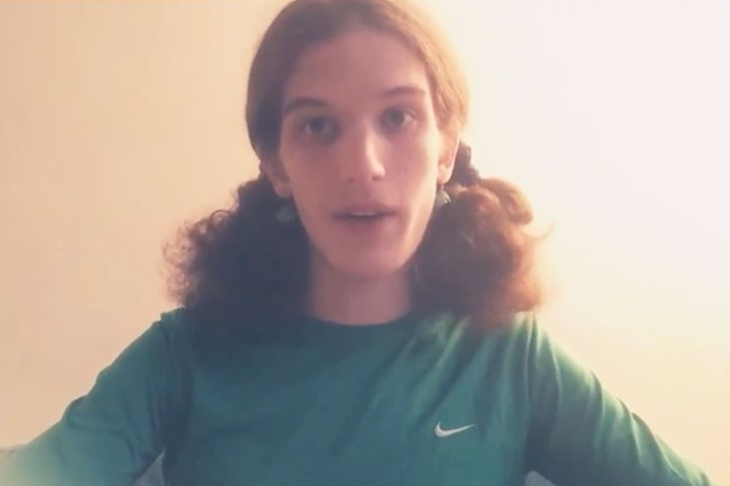






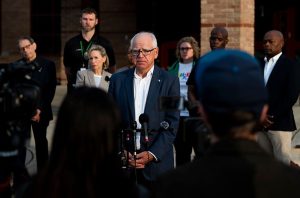


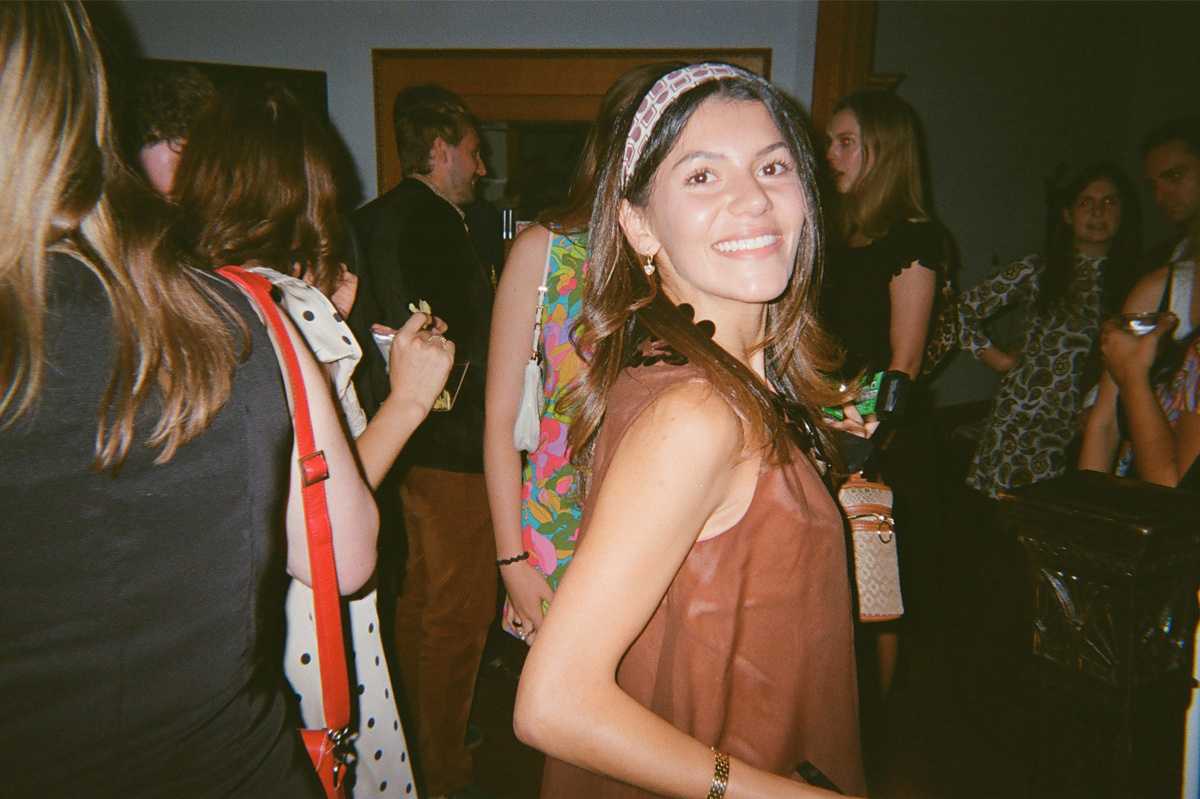

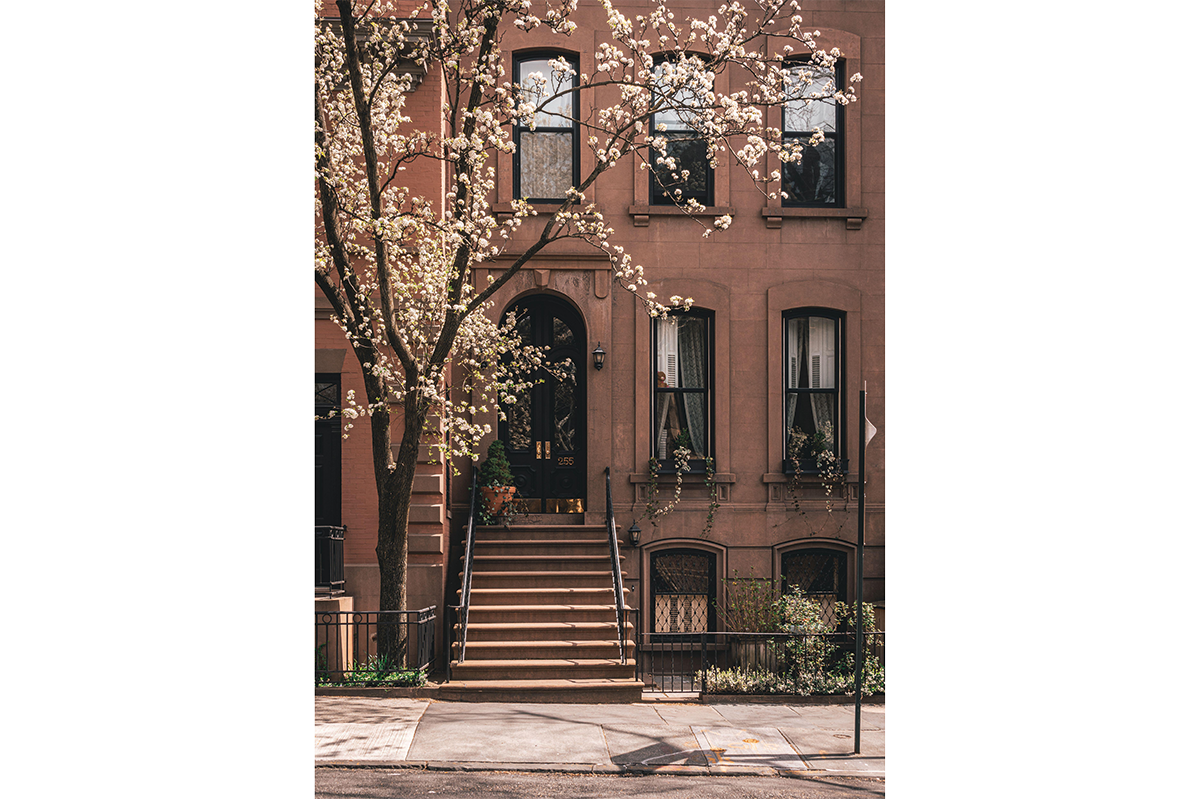
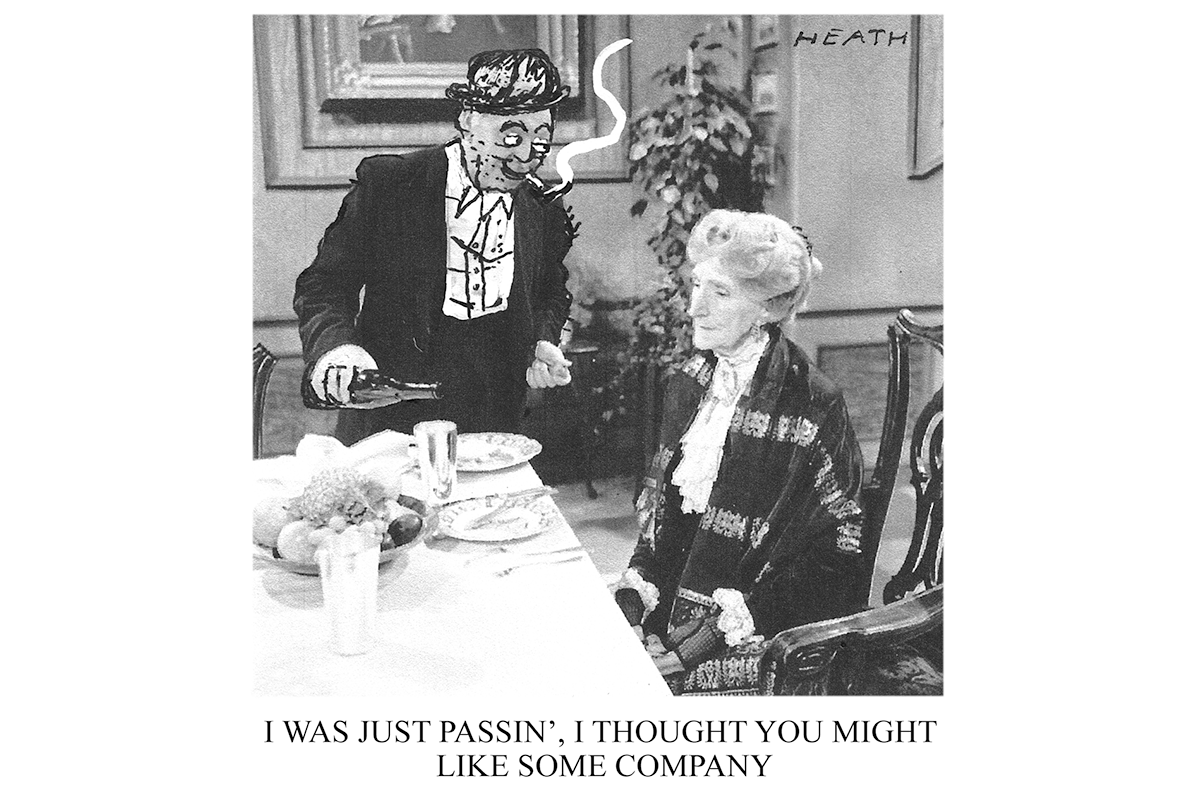
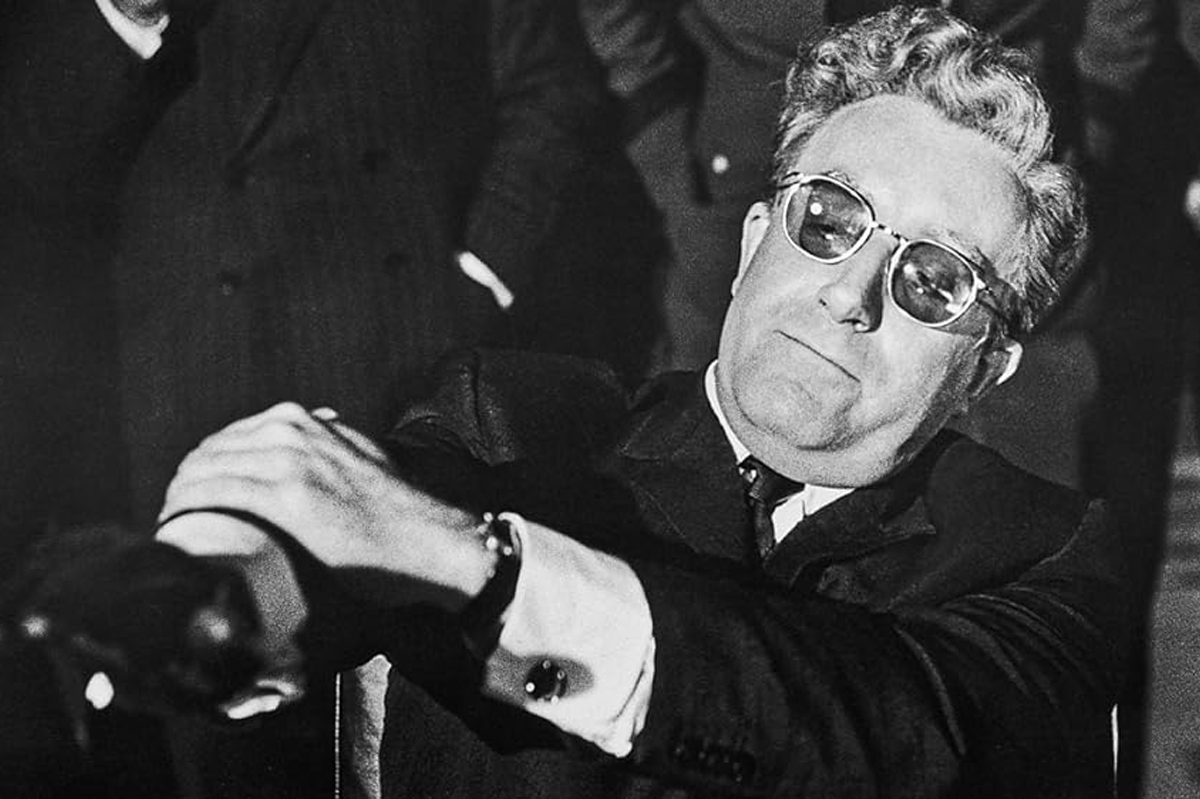
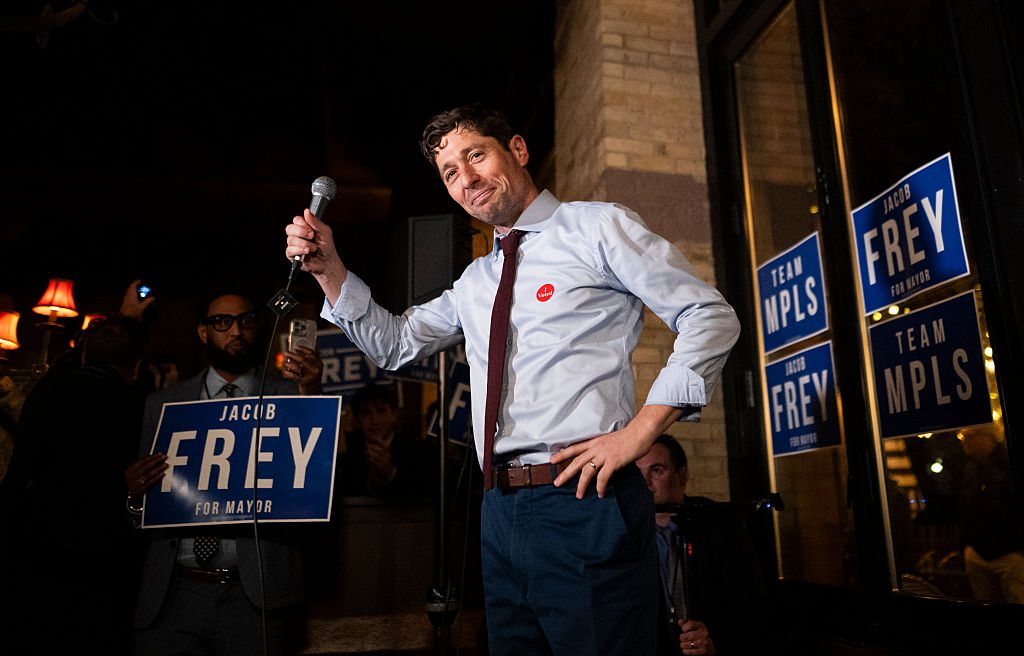







Leave a Reply